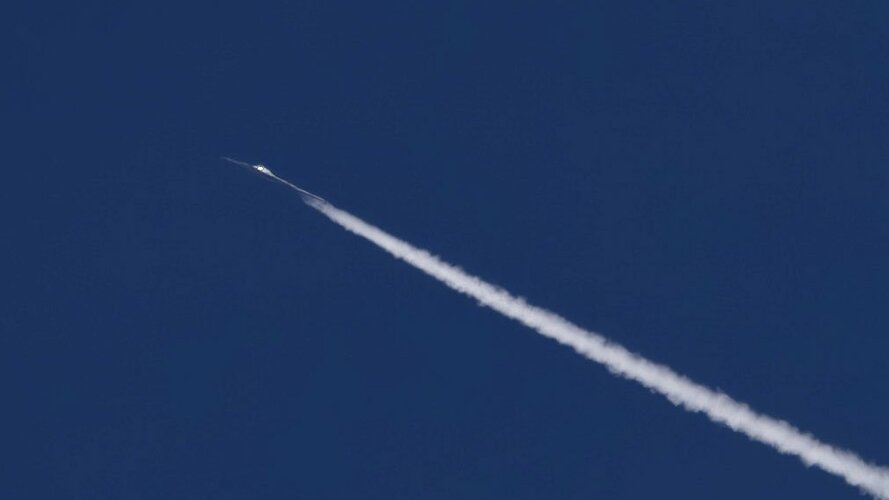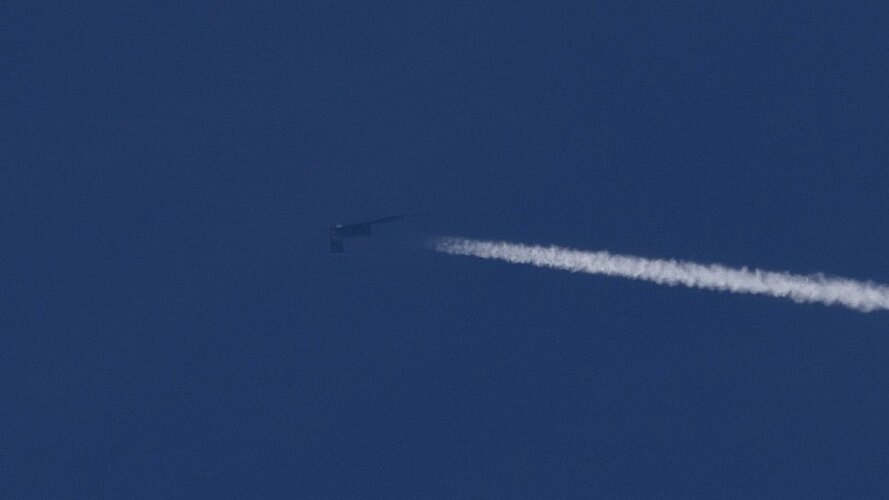siegecrossbow
I really should change my personal text
- Joined
- 12 March 2012
- Messages
- 707
- Reaction score
- 2,106
Attachments
-
 GbY80h4b0AAAxEQ.jpg15.9 KB · Views: 44
GbY80h4b0AAAxEQ.jpg15.9 KB · Views: 44 -
 GbY80h5asAASAL5.jpg121.1 KB · Views: 48
GbY80h5asAASAL5.jpg121.1 KB · Views: 48 -
 GbY80h4bgAEG_H6.jpg49 KB · Views: 45
GbY80h4bgAEG_H6.jpg49 KB · Views: 45 -
 GbY80h4bgAANjaO.jpg80.8 KB · Views: 43
GbY80h4bgAANjaO.jpg80.8 KB · Views: 43 -
 GbY9-m6a8AAKGAG.jpg57.2 KB · Views: 43
GbY9-m6a8AAKGAG.jpg57.2 KB · Views: 43 -
 GbY9-m5b0AAcWgy.jpg17.7 KB · Views: 38
GbY9-m5b0AAcWgy.jpg17.7 KB · Views: 38 -
 GbY9-m5boAAMCdP.jpg17.5 KB · Views: 36
GbY9-m5boAAMCdP.jpg17.5 KB · Views: 36 -
 GbY9-m5bgAAFKHm.jpg25.3 KB · Views: 41
GbY9-m5bgAAFKHm.jpg25.3 KB · Views: 41
Last edited by a moderator:


